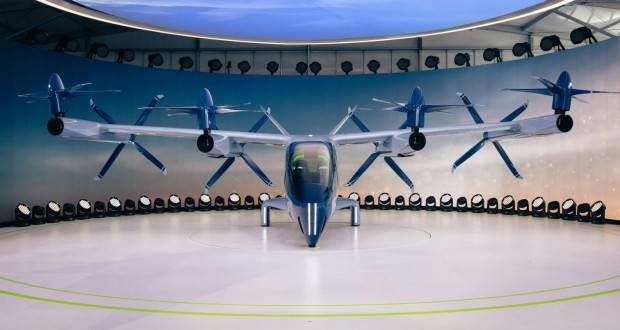Japan, renowned for its cutting-edge technologies, has recently announced plans to fund the development of a vertiport to support future flying car initiatives. In the years ahead, the vertiport construction project has reportedly the potential to revolutionize urban transportation.

(Photo : Pexels/Hyundai Motor Group )
Funding of Vertiport Construction
Aside from being referred to as electric vertical takeoff and landing (eVTOL) vehicles, flying cars have the potential to be utilized in a wide variety of applications. Some of these uses include transportation for emergency medical services, travel to hilly regions and remote islands, and taxi services in urban areas.
Supporting the building expenses of the country's first vertiports, which are takeoff and landing sites made by local governments and private firms, is one of the ways that the Ministry of Transportation intends to promote the practical adoption of flying automobiles.
With a maximum of ¥50 million or $313,500 per site, the ministry will be paying for as much as 50% of the expenses associated with the construction project. Moreover, the ministry intends to establish standards for the building of future vertiports as early as the fiscal year commencing April 2026, following the completion and operational testing of these facilities.
Nevertheless, by utilizing an open application procedure, the initiative will consider proposals until July 12 and select four sites. Communities and private businesses that will be in charge of developing, maintaining, and running the vertiports are examples of entities that are eligible for this program.
The amenities will encompass passenger waiting lobbies, charging stations, hangars, taxiways, parking zones, and takeoff and landing areas. It is anticipated that these regions will be finished by the end of the fiscal year 2024, which means that construction on them could start very soon.
On the other hand, the Ministry of Transportation intends to collect data on the operation and utilization of each vertiport after the construction is complete. This will assist them in gaining a better understanding of any construction difficulties that may arise. In addition, the data collected will be utilized to enhance the development of the guidelines, which will delineate the most effective layouts and sizing standards.
Also Read: Stormwater Drainage: 5 Groundbreaking Flood Protection Megaprojects to Watch in 2024
Producing Flying Cars
Alef Aeronautics' flying vehicle acquired a Special Airworthiness Certificate by the Federal Aviation Administration (FAA) last year. This certificate authorizes the aircraft to operate in restricted areas for research, exhibition, and development. Accordingly, vehicles that transport people or goods via air and are heavily automated are collectively referred to as Advanced Air Mobility (AAM).
Beginning in 2015, the creators of Alef began working on the concept, and in 2019, they developed their first full-size flying-car prototype, which they referred to as the Model A. A driving range of 200 miles or 322 kilometers and a flight range of 110 miles or 177 kilometers are also features of this road-legal passenger car that can accommodate two individual passengers.
The vehicle has been designed to resemble a conventional automobile, is sleek and compact, and is expected to fit into a conventional parking space, which will not require a runway for takeoff.
As per the designers of Model A, the vehicle's proprietary technology enables it to ascend vertically and convert into a biplane in mid-flight, with entrances that convert into wings, thereby significantly altering the way it travels.
Related Article: UK Water Industry Adopts 3D-Printed Components for Efficiency and Sustainability







